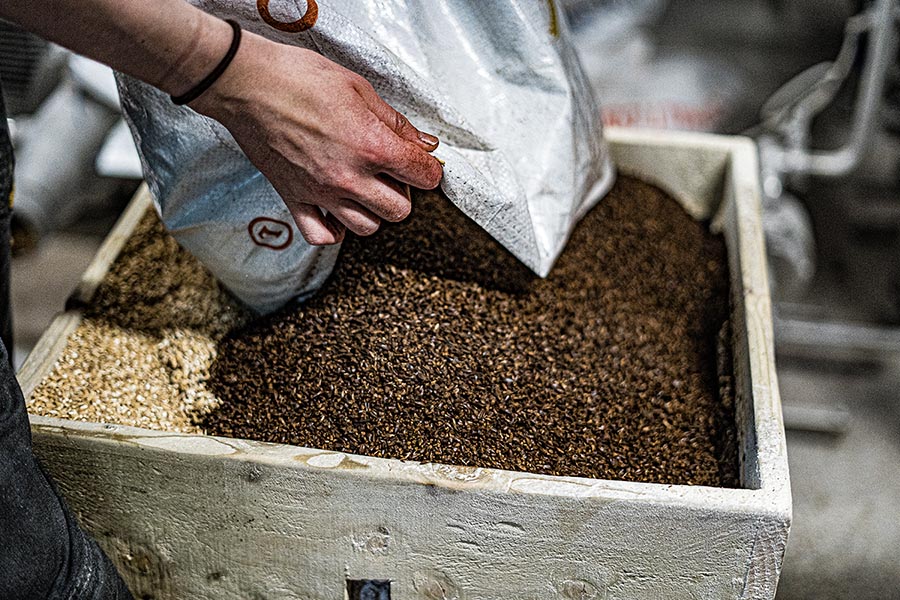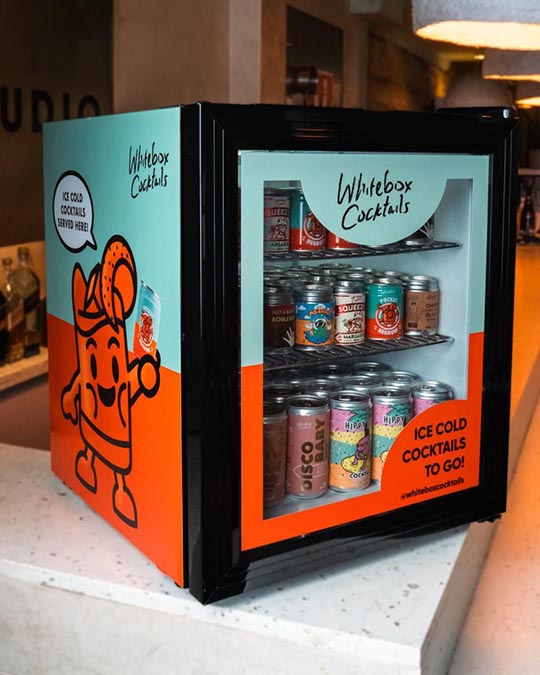2022 has been a vibrant year for spirits in the United Kingdom. Rum continues to grow in popularity, fueled by the increase of distilleries in the U.K. distilling rum from scratch and laying down barrels to age in the cooler temperate climate. Along with well-seasoned rum fans, new followers are brought into the fold by producers pinching a marketing angle that worked for gin: redistilling the base with locally sourced botanicals to create a “botanical rum.” Time will tell if this catches on with the crowds.
English whisky is also being revived, with a flurry of distilleries laying barrels, sparking the curiosity of drinks writers and whisky fans. Earlier in the year, the English Whisky Guild submitted an application to legally define the geographical indicator. The application has created some tension with producers, with some saying stipulations like that about copper pot stills align too closely to Scotch rules, potentially inhibiting innovation within the category.
It is also worth noting that we are seeing an increase in new make on the market, with a number of distilleries experimenting with grain, yeast, and fermentation. This has yielded a spectacular array of results that showcase huge potential for the category, with consumers taking a keener interest in quality of ingredients and production processes.
Jonathan Minter, Creative Marketing Manager at Holyrood Distillery in Edinburgh, says the brand’s new make is a valuable tool to highlight how dramatically ingredients and processes influence the flavor of a spirit — and to educate consumers about the distillery’s process and approach. “Our new make encapsulates our iterative approach to production and why we use heritage and specialty malts, brewer’s, wine, and specialty yeasts,” says Minter. “[It] exhibits unique flavors, giving drinkers the opportunity to understand how flavor is created during our Scotch whisky production process, before any cask influence.”

2022 also saw a big change when the U.K. agreed to end a four-year-old tariff on American whiskeys. The tariff was lifted on June 1, which made U.S. bourbon and rye 25% cheaper. Data suggests that American whiskey exports to the U.K. fell by 42% during the taxation period. The U.K. was at one time the fourth-largest consumer of American whiskey. The E.U. removed its tariff at the start of the year, which led to a 21% increase in exports of U.S. spirits between January and July 2022.
Gin continues to remain popular. While new entrants have slowed, the category remains dominant, and established craft brands continue to produce interesting releases that push the boundaries of the category. Flavored gins, or gins that have a bold, signature flavour that is stated clearly on the label, are still popular with the general consumer. However, we are seeing a thinning out of flavored products coming onto the market, and further evolution in lower ABV varieties to appeal to the growing no/low movement.
RTDs remain firmly placed. The category has evolved to focus on bar-quality serves, perfectly formed for travel contexts in addition to supermarket shelves and online stores. Josh Rennie, founder of Whitebox Cocktails in Edinburgh, says that hotel minibars have emerged as a key location for RTD placements. “It’s one of those situations where the consumers are way ahead,” says Rennie. “They were fed up years ago of drinking overpriced plastic miniatures of household brands.”

In an effort to revive flagging minibar sales, many new hotels have begun stocking premium bar-quality RTDs like Whitebox Cocktails — to great effect. “We have greatly improved the rate of minibar sales in every outlet that we are listed in because people want good cocktails,” says Rennie. “Plus, Whitebox Cocktails are a bit different from what is available at the hotel bar, so it doesn’t cannibalize bar sales but still boosts minibar sales. So it’s a win-win.”








